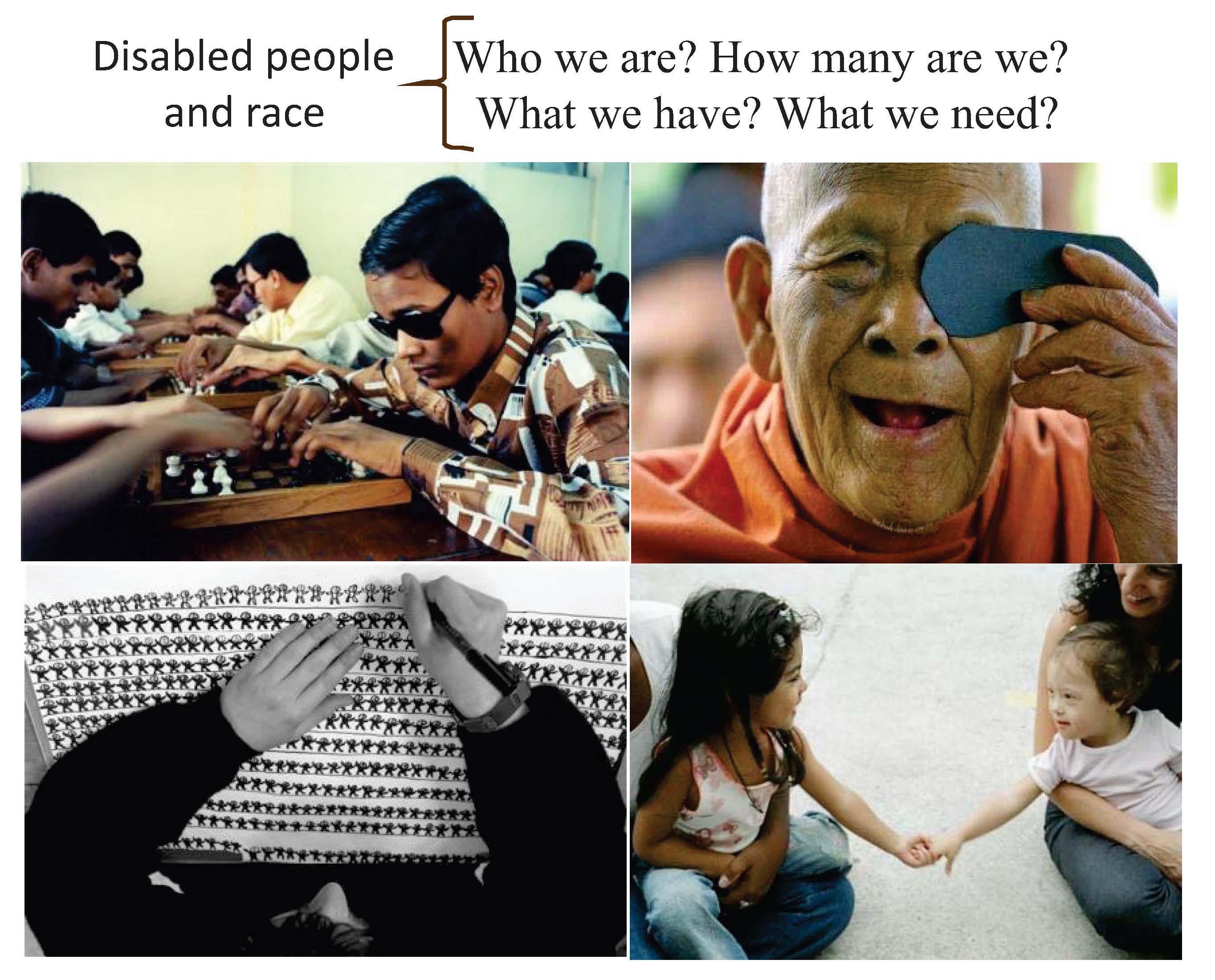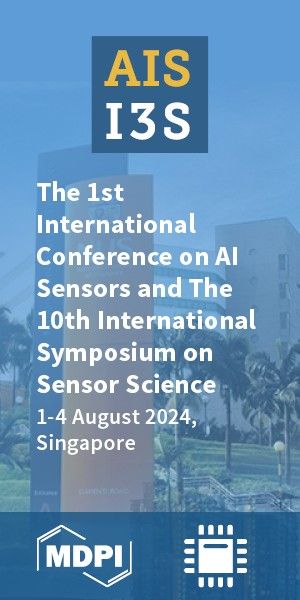Article
Version 1
Preserved in Portico This version is not peer-reviewed
Disabled People in Brazil: Risk Question
Version 1
: Received: 26 February 2018 / Approved: 27 February 2018 / Online: 27 February 2018 (04:41:11 CET)
How to cite: de Oliveira, P. Disabled People in Brazil: Risk Question. Preprints 2018, 2018020171. https://doi.org/10.20944/preprints201802.0171.v1 de Oliveira, P. Disabled People in Brazil: Risk Question. Preprints 2018, 2018020171. https://doi.org/10.20944/preprints201802.0171.v1
Abstract
Throughout the world, disabilities people have worse health prospects, lower education levels, lower economic participation, and higher poverty rate in comparative terms to people without disabilities. For disabilities people achieve better, more long-lasting prospects, we must empower these people and remove barriers that restrict them from participating in the community have access to quality education, to find decent work and have their voices heard. In statistical terms, a very useful alternative that can provide support and monitoring of public policies in this area is proposing to be used continuously. A risk index called risk index disabled person who is to assess which factors are associated to this risk, as well as the intensity and direction of each of these factors, yielding a final score that can be sorted or classified according to the probability of people acquire a certain disability. In the Brazilian case, we propose the use of techniques such as binary and ordinal logistic regression to select the most significant factors using criteria such as AIC, BIC and DIC. Calculate the risk probability for different disabilities (see, hear, move and intellectual) and number of disabilities to the dataset Sample of respondents for Full Questionnaire at IBGE 2010 Census. In this work, by using stereotype ordinal logistic model with ordinal response, it was possible to improve the fit quality, to be compared with binary response logistic model. By using ordinal response merged the disability risk for different severity degree and amount of deficiencies. Mains conclusions were: i)the model required a smaller number of explanatory variables was intellectual or mental and greater number was disabilities; ii) the most sensitive adjust was using stereotype ordinal logistic; iii) different disabilities aren´t homogenous as the different predictor variables, and finally; iv) higher incidence of risks were noted visual disability, living in the northeast, female, age 80, yellow race, instruction level until incomplete fundamental, works production form their own consumption and high number of children.
Keywords
disabled people; disabled risk; variables selections; models selections; stereotype ordinal logistic regression
Subject
Social Sciences, Education
Copyright: This is an open access article distributed under the Creative Commons Attribution License which permits unrestricted use, distribution, and reproduction in any medium, provided the original work is properly cited.
Comments (0)
We encourage comments and feedback from a broad range of readers. See criteria for comments and our Diversity statement.
Leave a public commentSend a private comment to the author(s)
* All users must log in before leaving a comment







